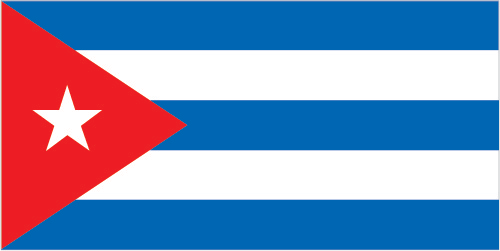Cuba’s wood-processing industry generates 90,000m3 of waste annually. Accordingly, the Technology Action Plans aims to pave the way for biomass gasification, through which the industry can produce its own energy and become a net exporter of electricity. Apart from optimizing energy usage and reducing approximately 69 ktCO2e, it also resolves the problem of waste disposal.
Cuba is situated between the Caribbean Sea and the North Atlantic Ocean, off the coast of Central America. Changes in the climate are challenging on several fronts, notably in the agriculture sector, where quality water is swiftly becoming a scarce resource. Being an island state, the rising sea levels are resulting in retreating coastlines and the disappearance of reefs and ecosystems, as well as salt-water intrusion into coastal aquifers. Measures to handle the necessary adaptation and mitigation actions are being slowed by the US embargo against Cuba. In place since 1962, this has hindered the transfer and diffusion of state-of-the-art technologies, as well as the credit and financing needed to launch initiatives.
Cuba completed its TNA in 2013. The TNA highlighted efficient and effective irrigation systems as a crucial technology, and the Technology Action Plan proposes a project to replace ineffective and wasteful irrigation systems in 130,000 ha from 2012 to 2016. This was to be accompanied by the creation of 40,000 ha of newly irrigated lands targeting especially the extensive rice production. Rice is the main staple of the Cuban population, but due to inefficiencies in its production, 60% of all rice consumed is imported at huge cost. This project thus optimizes the use of scarce water resources, as the agriculture sector accounts for approximately 60% of water use, while at the same time gradually lowering importation costs as the new irrigation techniques improve yields.
The Technology Action Plan formulated a demonstration project to construct twenty climate resilient houses in the coastal town of Troya. Troya was chosen as a project site based on meetings between the TNA expert group and Cuban government representatives. Cuba’s Ministry of Construction (MICONS) is responsible for coordinating the project. The houses should be built from sustainable materials and will help pave the way for climate-resilient houses in future residential construction projects along the coast.
Cuba’s TNA contributes to the following Sustainable Development Goals:






